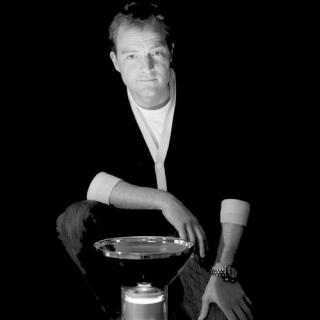Dyson, Jake

Dyson, Jake
Industrial designer, Jake Dyson, is the son of James Dyson, inventor of the innovative and widely copied cyclonic vacuum cleaner system of the early 1990s, the lastest versions and variants still in production today. Growing up around an engineer-designer influenced Jake, who chose the same career path and studied Industrial Design at Central St. Martin’s College of Art and Design. Dyson graduated in 1994 and began work designing retail interiors, shops, cafes and clubs. He then set up his workshop, purchasing a mill and a lathe, and started experimenting and developing products. His studio/workshop, Jake Dyson Products, is based in Clerkenwell in Central London.
Jake has become a specialist in lighting design, and leads a small team of engineers at his studio, focusing their efforts on coming up with new products such as the 2007 Motorlight lamp, the first variable angle up-light, which comes in both floor and wall models. Jake Dyson’s approach is to first conceive of a product, then control all processes from concept to manufacture, rather than different product design from the development and manufacturing sides. Jake believes that a hands-on approach to creating prototypes, testing, and subsequently finishing products, is an essential part of the design process.